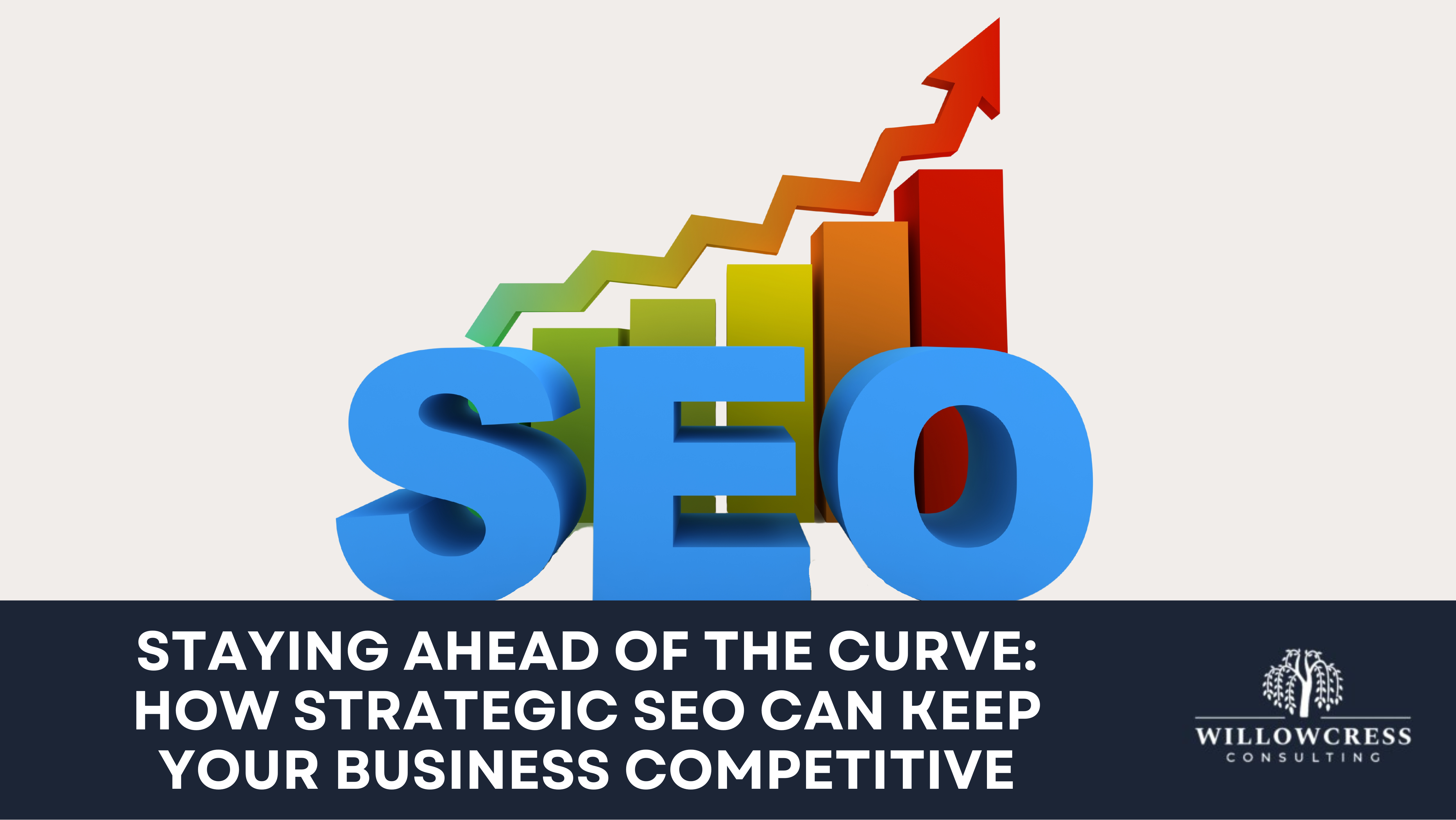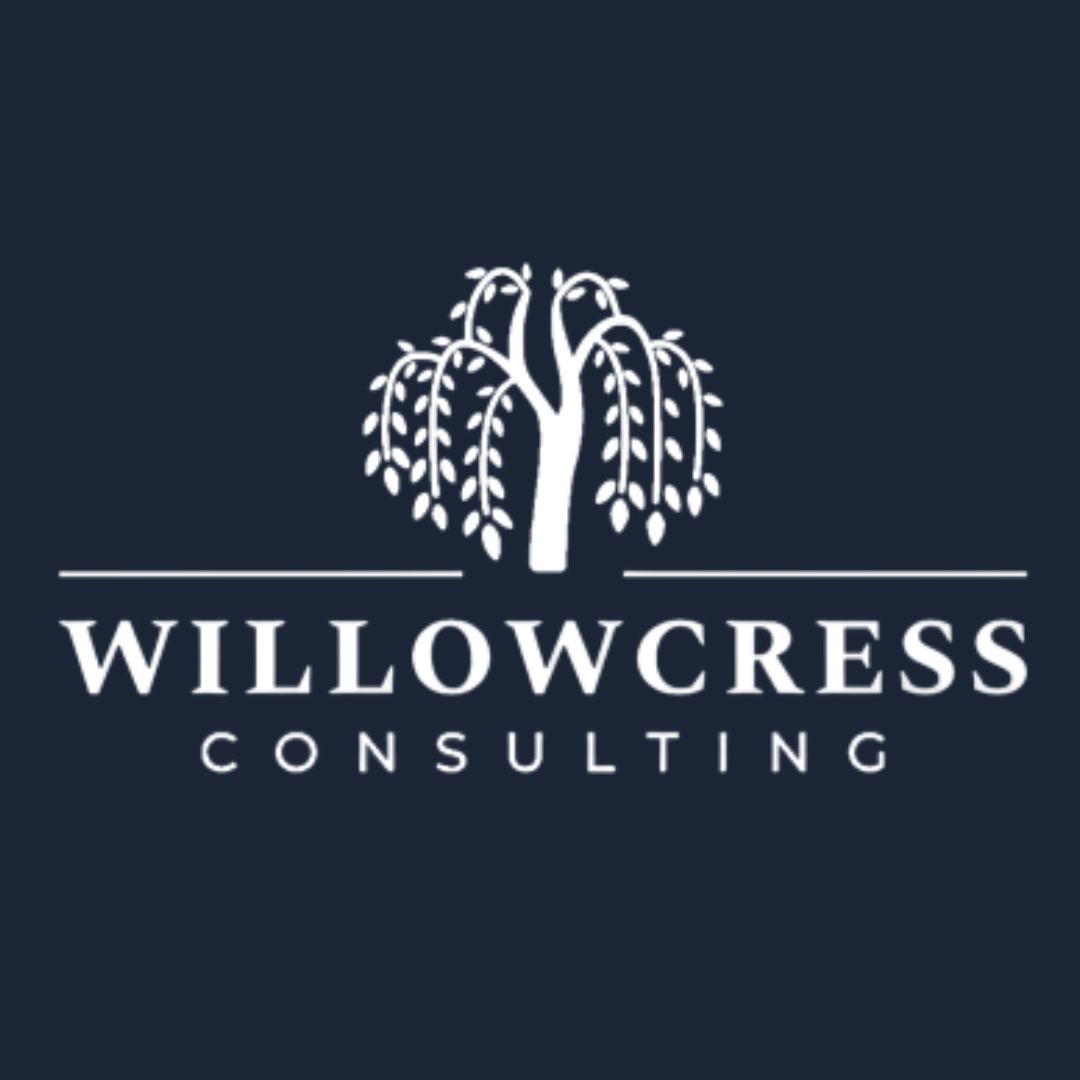
In today’s digital world, where competition is fierce and consumer attention spans are fleeting, staying ahead of the curve is crucial for any business. Search Engine Optimization (SEO) plays a vital role in achieving online visibility, attracting potential customers, and ultimately driving business growth. However, SEO for business owners is not a static strategy – it constantly evolves alongside search engine algorithms and user behavior. This is why implementing a strategic SEO approach is essential for long-term success.
Developing a strategic SEO approach involves several key steps:
By following these steps and continuously monitoring and adapting your strategy, you can establish a robust and sustainable SEO approach that drives long-term success for your business in the ever-evolving digital landscape.
Developing a successful SEO strategy goes beyond simply following a checklist of tactics. It requires a comprehensive approach that integrates with your overall business goals and considers the ever-evolving landscape of search engines and user behavior. Here’s an expanded breakdown of the key steps involved:
While traffic is important, define measurable goals like boosting qualified leads, increasing conversions on key product pages, or driving brand awareness in specific target demographics.
Research and create detailed profiles of your ideal customers, including their demographics, interests, pain points, and online behavior. Understanding their search intent and preferred information consumption channels is crucial for crafting relevant and engaging content.
Don’t just focus on volume
While search volume is a factor, prioritize keyword relevance to your target audience and search intent. Use tools like Google My Business, Google Trends to understand search trends and identify potential seasonal or event-related opportunities.
Go beyond broad keywords.
Leverage long-tail keywords, which are more specific and often have lower competition, allowing you to target a more precise audience with higher conversion potential.
Analyze competitor gaps
Identify keywords your competitors search rankings for that you don’t. This can reveal potential opportunities to capture valuable traffic and establish your brand as an authority in specific areas.
Focus on expertise and value
Prioritize content that demonstrates your expertise, offers valuable insights, and solves your audience’s specific problems. Aim to become a trusted source of information in your industry.
Content diversification is key.
Experiment with various formats like blog posts, case studies, infographics, videos, and interactive elements to cater to different learning styles and preferences.
Optimize for user experience (UX)
Ensure your content is well-structured, easy to navigate, and visually appealing. Break down complex topics into bite-sized pieces and use clear language with proper grammar and spelling.
Prioritize mobile-first indexing
Ensure your website is mobile-friendly and delivers a seamless user experience across all devices. This is critical as Google prioritizes mobile-friendly websites in search results.
Technical SEO audit
Conduct a regular technical SEO audit to identify and address any technical issues impacting your website’s crawlability, indexability, and performance. This might include broken links, slow loading times, and mobile responsiveness problems.
Embrace structured data
Implement structured data markup to provide search engines with richer information about your content, potentially leading to richer search results and improved click-through rates.
Focus on quality over quantity
Earning backlinks from high-authority websites relevant to your industry carries much more weight than acquiring links from low-quality sources.
Develop link-worthy content
Create content that is naturally shareable and valuable enough for other websites to want to link to it organically. This could be comprehensive guides, insightful research, or unique data-driven reports.
Engage in strategic outreach.
Build relationships with websites with relevant content and industry influencers and explore opportunities for guest blogging or co-creating content. Always ensure the websites align with your brand and target audience.
Monitor your backlink profile.
Regularly monitor your backlink profile using SEO tools to identify and disavow any spammy or low-quality links that might negatively impact your website’s ranking.
Remember, SEO is a continuous process. By following these steps, consistently monitoring and adapting your strategy, and staying informed about the latest SEO trends and best practices, you can create a robust and sustainable SEO approach that drives long-term success for your business in the ever-evolving digital landscape.
SEO is a continuous process, requiring ongoing monitoring and analysis. Utilize analytics tools to track website traffic, keyword rankings, and user behavior. Based on these insights, algorithm updates, and industry trends, adapt your strategy and stay informed through industry publications, conferences, and expert resources.
Implementing a strategic SEO approach offers several benefits:
Don’t let your competition outpace you. Invest in a strategic SEO approach and stay ahead of the curve to achieve long-term success in the ever-evolving digital landscape.
Fill out the form below and we’ll give you a call to learn more about your goals and how we can help.
You can see how this popup was set up in our step-by-step guide: https://wppopupmaker.com/guides/auto-opening-announcement-popups/
